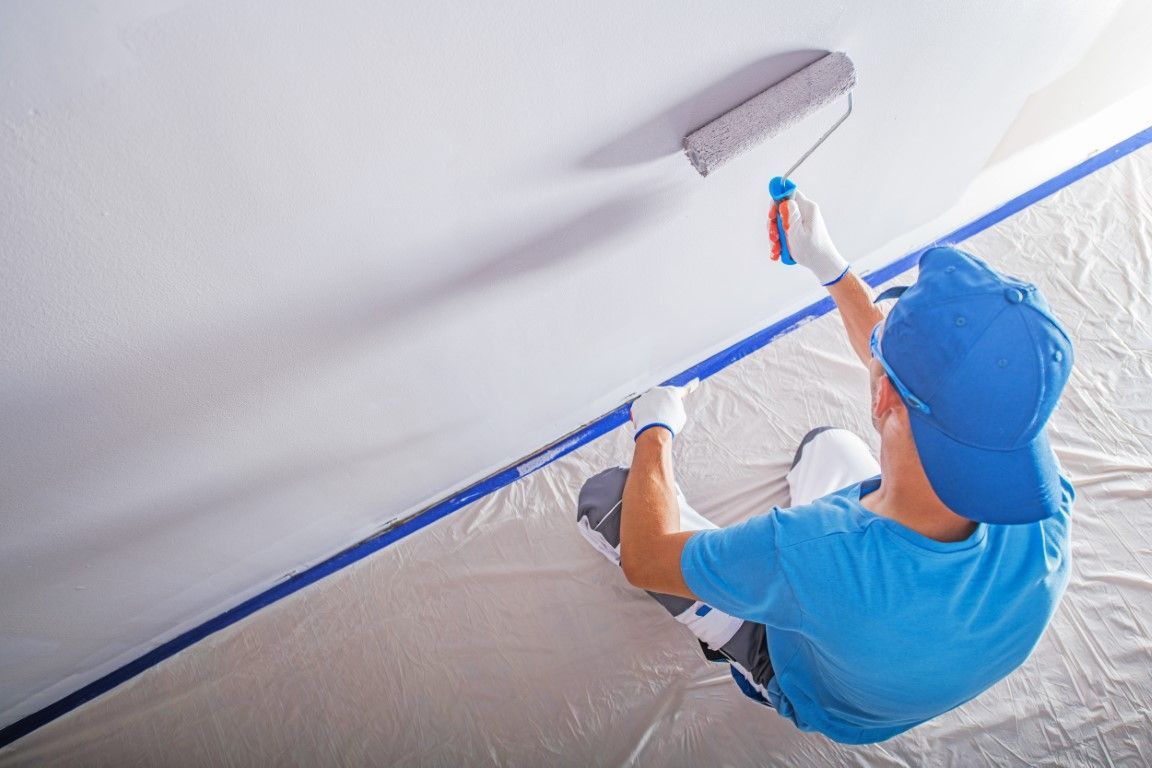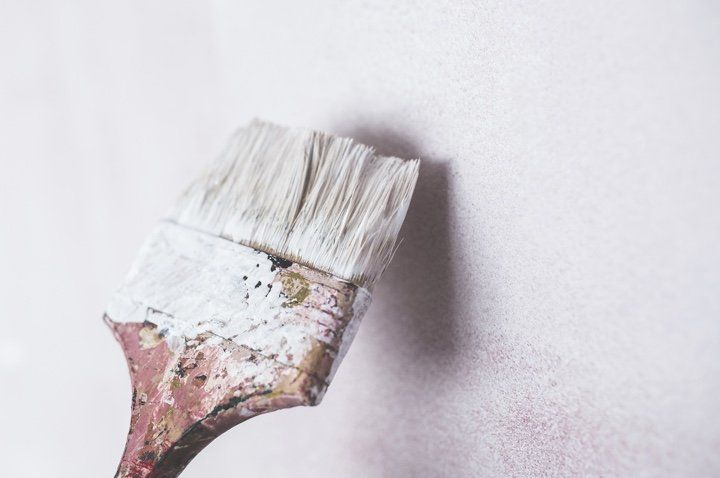Learn how often to repaint your home’s exterior and what factors affect paint longevity. Keep your home looking beautiful and protected year-round.
Your home’s exterior paint does more than enhance curb appeal — it’s your property’s first line of defense against weather, moisture, and UV rays. Over time, even high-quality paint begins to fade, crack, or peel due to exposure to the elements.
So, how often should you repaint your home’s exterior? The answer depends on several key factors such as climate, paint quality, and the type of surface your home is made of. Here’s everything you need to know to keep your home protected and looking fresh.
1. General Guidelines for Repainting
While every home is different, most homeowners should plan to repaint their exterior every 5 to 10 years. The exact timeframe depends largely on the material of your home’s siding and environmental conditions.
Average Repainting Intervals by Surface Type:
Surface Material Recommended Repaint Frequency
Wood Siding Every 3–7 years
Aluminum Siding Every 5–10 years
Stucco Every 5–6 years
Brick (Painted) Every 12–15 years
Fiber Cement Every 10–15 years
If you live in an area with harsh weather — like coastal regions or high UV exposure zones — you may need to repaint more frequently to maintain protection and appearance.
2. Climate and Environmental Factors
Your local climate plays a major role in how long exterior paint lasts. Homes in hot, sunny regions face paint damage from intense UV rays, while those in humid or rainy areas battle moisture-related peeling and mold.
Examples:
Sunny or coastal areas: Paint fades faster due to sun and salt air exposure.
Humid or rainy climates: Moisture seeps into paint, causing bubbling or cracking.
Windy regions: Dust and debris can erode paint prematurely.
Pro Tip:
If your home experiences extreme weather conditions, consider using high-quality, UV-resistant, or moisture-resistant exterior paints formulated for your environment.
3. Quality of Paint and Preparation
Not all paint jobs are created equal. The quality of materials and application greatly affects how long your exterior paint will last.
Factors That Influence Paint Longevity:
Proper surface cleaning and priming before painting.
Two coats of premium, weather-resistant exterior paint.
Application in mild weather conditions (not too hot or humid).
Hiring a professional residential painting company ensures your home’s exterior is prepped, primed, and painted properly — giving you a flawless finish that lasts for years.
4. Signs It’s Time to Repaint
Even if it hasn’t been 5–10 years, your home may already be showing signs that it’s time for a new coat of paint.
Watch for These Warning Signs:
Peeling, flaking, or bubbling paint.
Faded or chalky color.
Cracked caulking around trim and windows.
Mold, mildew, or water stains on siding.
Exposed or unprotected wood surfaces.
Addressing these early prevents costly repairs and protects your home from moisture intrusion and damage.
5. Why Regular Repainting Is Worth the Investment
Repainting your home’s exterior isn’t just about looks — it’s about protection and value. A fresh coat of paint seals out moisture, prevents rot, and keeps your property looking well-maintained.
Top Benefits of Regular Exterior Painting:
Increases curb appeal and resale value.
Protects against weather damage and wood rot.
Helps detect structural issues early.
Keeps your home looking clean and updated.
Pro Tip:
Routine inspections and touch-ups can extend the life of your paint and save money in the long run.

Homeowners in Petaluma, CA, are becoming increasingly conscious of sustainability, wellness, and environmental impact and your paint choices can play a big role in all three. Traditional paints often contain chemicals that release toxins into the air, affecting both your health and the environment. That’s why more homeowners are turning to eco-friendly paint options that deliver vibrant color, lasting durability, and cleaner indoor air. If you’re planning to repaint your home, here’s how choosing eco-friendly paints can create a healthier living space while protecting Petaluma’s beautiful environment. What Makes Paint Eco-Friendly? Not all paints are created equal. Eco-friendly paints are specifically designed to reduce harmful emissions and use safer, more natural ingredients. The key factors include: Low or Zero VOCs (Volatile Organic Compounds): VOCs are chemicals that evaporate into the air and can cause headaches, dizziness, or respiratory issues. Low-VOC and zero-VOC paints minimize or eliminate these toxins. Natural Ingredients: Some eco-friendly paints use ingredients like clay, lime, or plant-based resins instead of harsh synthetics. Sustainable Manufacturing: Many brands now prioritize biodegradable packaging and environmentally conscious production methods. Benefits of Eco-Friendly Paints for Your Home 1. Healthier Indoor Air Petaluma homeowners spend much of their time indoors — and air quality matters. Eco-friendly paints drastically reduce indoor pollution, making them ideal for bedrooms, nurseries, and living spaces. 2. Long-Lasting Quality High-quality green paints are durable, fade-resistant, and easy to clean. You’ll enjoy long-term color and fewer repaints, reducing waste and overall cost. 3. Safer for Pets and Kids With no strong chemical odors or harmful fumes, eco-friendly paints provide a safe environment for families and furry friends alike. 4. Environmentally Responsible Choosing sustainable paints helps reduce landfill waste, carbon emissions, and groundwater contamination — protecting Petaluma’s local ecosystem for future generations. Top Eco-Friendly Paint Brands When selecting paint for your home, look for trusted brands known for their environmental commitment: Benjamin Moore Natura®: Zero VOC and asthma- & allergy-friendly certified. Sherwin-Williams Harmony®: Odor-eliminating technology and zero VOCs. Clare Paint: Sustainably produced and free from toxic chemicals. ECOS Paints: Water-based, non-toxic, and ideal for sensitive spaces. Your Petaluma painting company can help you choose the best product for your project and color preferences. Eco-Friendly Paints and Petaluma’s Climate Petaluma’s mild Mediterranean climate makes it ideal for eco-friendly painting projects. Low-VOC paints perform well in fluctuating temperatures and humidity, maintaining color vibrancy and smooth finishes. Choosing breathable, water-based paints also helps prevent mildew in coastal California homes. Switching to eco-friendly paint options isn’t just a design choice — it’s an investment in your family’s health and the planet’s future. From cleaner air to longer-lasting results, sustainable paints deliver beauty and peace of mind for every homeowner.

Best Paint Finish for Kitchens Kitchens are one of the busiest rooms in any home, with constant cooking, cleaning, and activity. Walls are prone to grease splatters, fingerprints, and frequent wipe-downs. Recommended Finish: Satin or Semi-Gloss Satin finishes offer a subtle sheen that’s easy to clean while still looking smooth and modern. Semi-gloss finishes provide even greater durability and are highly resistant to stains and moisture, making them a practical choice for high-traffic areas like kitchens. Best Paint Finish for Bathrooms Bathrooms deal with moisture, humidity, and frequent cleaning — meaning paint must be tough and mold-resistant. Recommended Finish: Semi-Gloss or High-Gloss Semi-gloss finishes work well on walls and resist water damage while being easy to wipe down. High-gloss finishes, though shinier, are excellent for trim, doors, and cabinets since they repel moisture and add durability. Best Paint Finish for Living Rooms & Bedrooms Living spaces like family rooms, dining areas, and bedrooms don’t experience the same moisture and wear as kitchens or bathrooms. Comfort and style take priority here. Recommended Finish: Eggshell or Matte Eggshell finishes provide a soft, elegant look with a slight sheen and are more durable than flat paint. Matte finishes create a cozy, modern feel and are great for hiding wall imperfections — perfect for bedrooms or formal living rooms. Tips for Petaluma Homeowners Balance Style and Function: Choose finishes that not only match your style but also withstand the activity level of each room. Use Higher Sheen for Trim: Gloss or semi-gloss paint is perfect for baseboards, crown molding, and door frames, making them easier to clean. Consult a Professional: A local Petaluma painting company can recommend the right products for Sonoma County’s climate and your home’s unique needs.